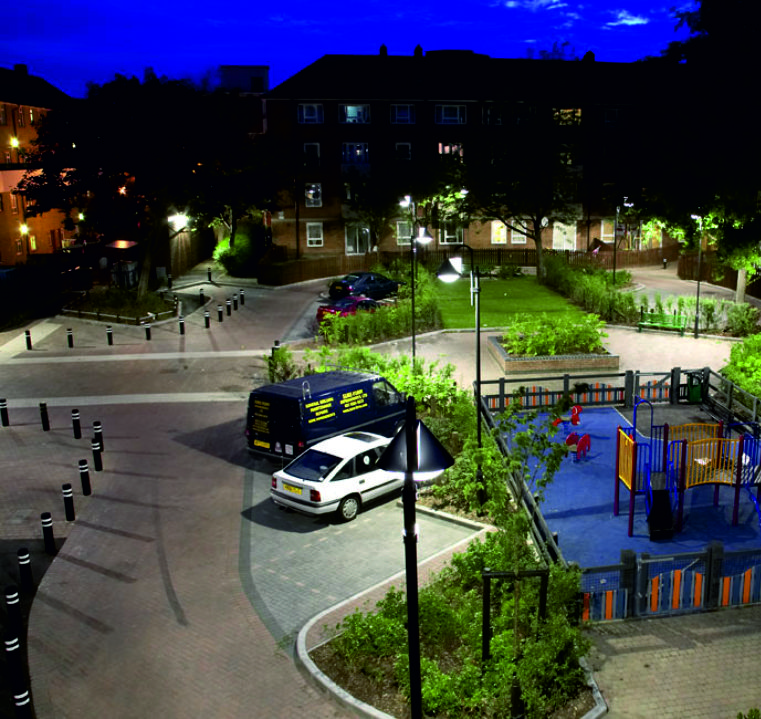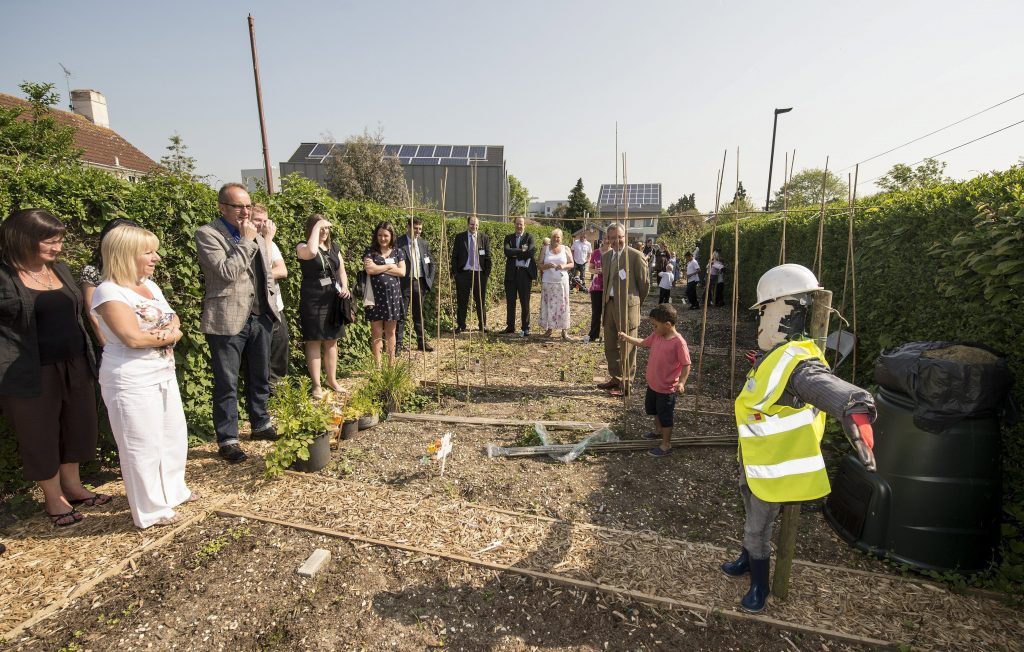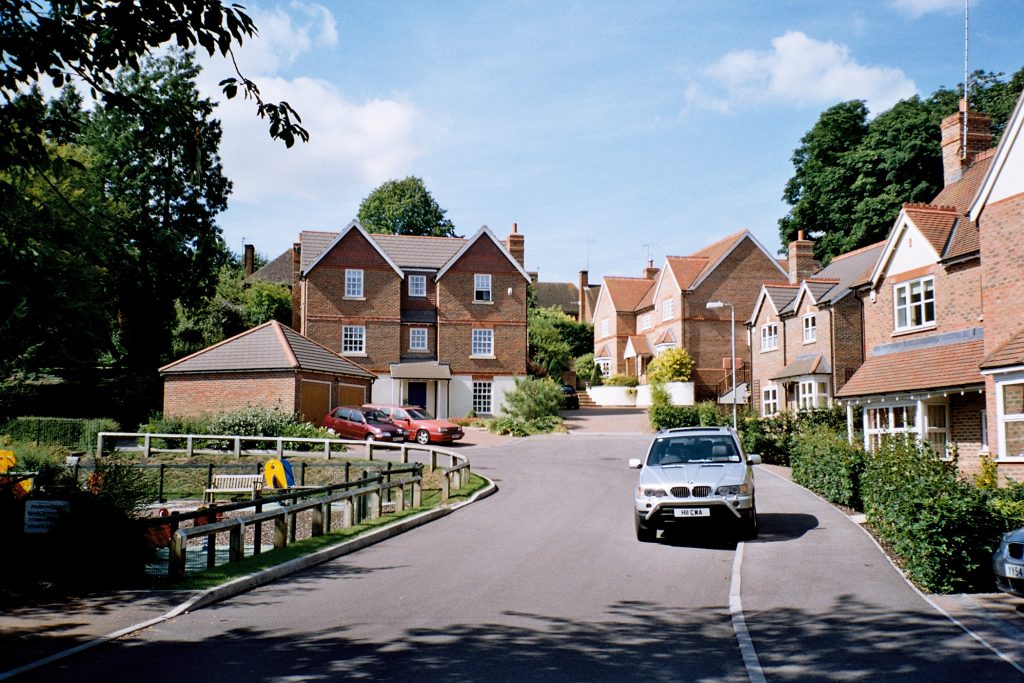At terra firma our work with the Housing sector constitutes a sizable portion of the firm’s overall output. This emphasis on residential development is no coincidence, as it no-doubt reflects an emphasis in the broader construction sector. It will be no surprise to readers of this blog that Landscape Architects are keen to promote the virtues of integrating good design of the external spaces in any housing development. To that end, the Landscape Institute produced a Position Statement, ‘Making it Home: the power of landscape to create good housing’. However, I’m not going to give you chapter and verse about the constituent parts of good landscape design in a housing development. Let’s think a little deeper. What is it that makes our relationship with housing development so sensitive?
If you’re moving home the place you choose to live is a huge decision, generally thought of as being one of the most momentous of life choices. The Oxford English Dictionary defines a home as “the place where you live”. It implies something more emotive than bricks and mortar. It appeals to primeval instincts as a place of comfort, safety and familiarity. It’s a retreat from the unpredictability of the wider hinterland. Those “places” feed social cohesion. Working well, they can nurture basic human needs, but if any component doesn’t function well, the people who live there are likely to be disadvantaged in some way.
The components are more than just aesthetic. Although wide verges and avenue trees are certainly pleasant, aesthetics alone could make for a sterile place. Sometimes pretty places might lack soul. The best places are those that facilitate the practical needs of those who live there, provide for their leisure needs, and perhaps most importantly encourage children’s development and learning through a sense of adventure and experimental play. Children are likely to spend most of their time close to where they live, and at a time in their lives which is most informative, and will shape the people they become.

We are of course drawn away from dysfunctional places, and aspire to live in places that best serve our wellbeing. We know this because of market forces. The more desirable places to live command higher house prices.
The Landscape Institute has produced more literature ‘Profitable Places – Why housebuilders invest in landscape’ which includes some fascinating facts. Here are just a few:-
- In the mid-19th century, Landscape Architect Frederick Law Olmstead justified New York’s Central Park by noting that the increase in the value of adjacent property would produce enough in taxes to pay for it.
- In 2005, CABE Space found that property values in England typically went up by 5-7% for properties that had park views and were near parks.
- A 1992 study showed that a view of a forest can increase house prices by 7%; a view of water can lead to an increase of 5%.
- Developers would be willing, on average, to pay at least 3% more for land in close proximity to open spaces.
But what happens when market forces aren’t a factor? Rightly or wrongly, there is a view that as social housing residents have less personally invested in the places they live, they are less inclined to care for them. A paradox then ensures, as a lack of upkeep can make a neighbourhood (or “place”) an undesirable place to live. In new development, the solution that some Local Authorities insist on is known as “pepper-potting” – where the social housing quota is integrated / dissipated within the market housing. The theory is that the pride homeowners take in their own property is visible to, and inspiring to their neighbours with rented or part-owned tenure.

Regardless of tenure and market forces, as curators of the natural and built environment Landscape Architects are uniquely placed to ensure that the places we live are valued, in every sense of the word, by all concerned. To quote Mark Clare, Group Chief Executive at Barratt Developments plc:
“To make good new developments great places to live, they should be built around the natural features that exist in an area. Historic buildings, open space, trees, existing plants and especially natural water features should all be used to maximum effect. Where these don’t exit on site, to the extent that it is possible they should be created. Even in very dense environments such as central London it is possible to create places to live with effective landscape solutions. One thing that is clear is that creating great places also delivers better returns for the owners of our business”.
